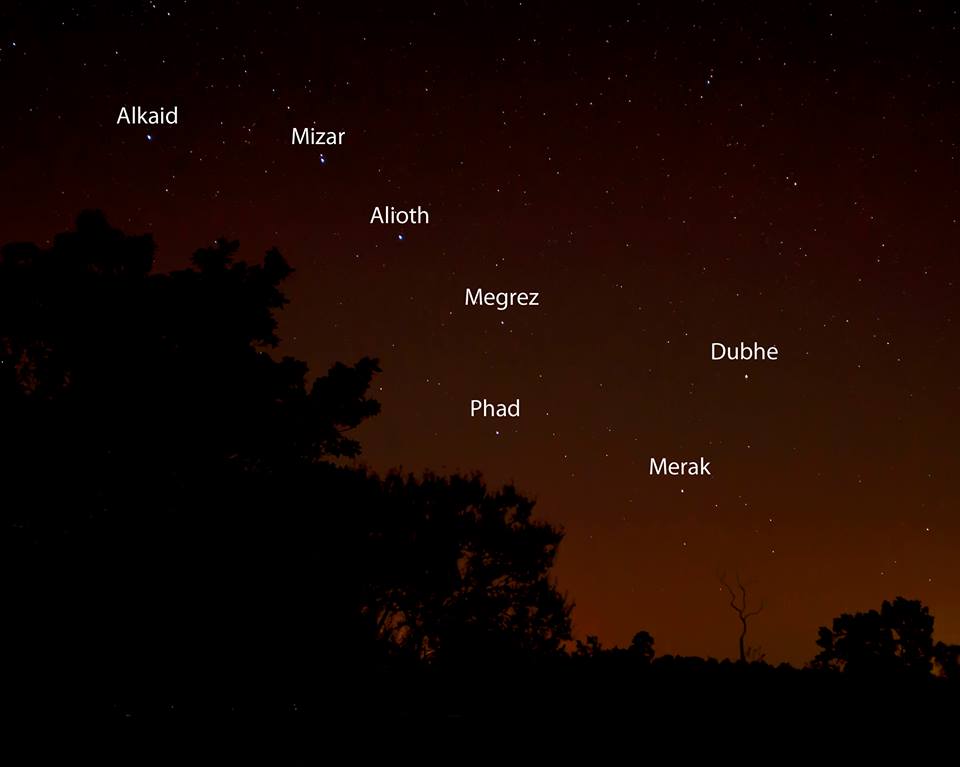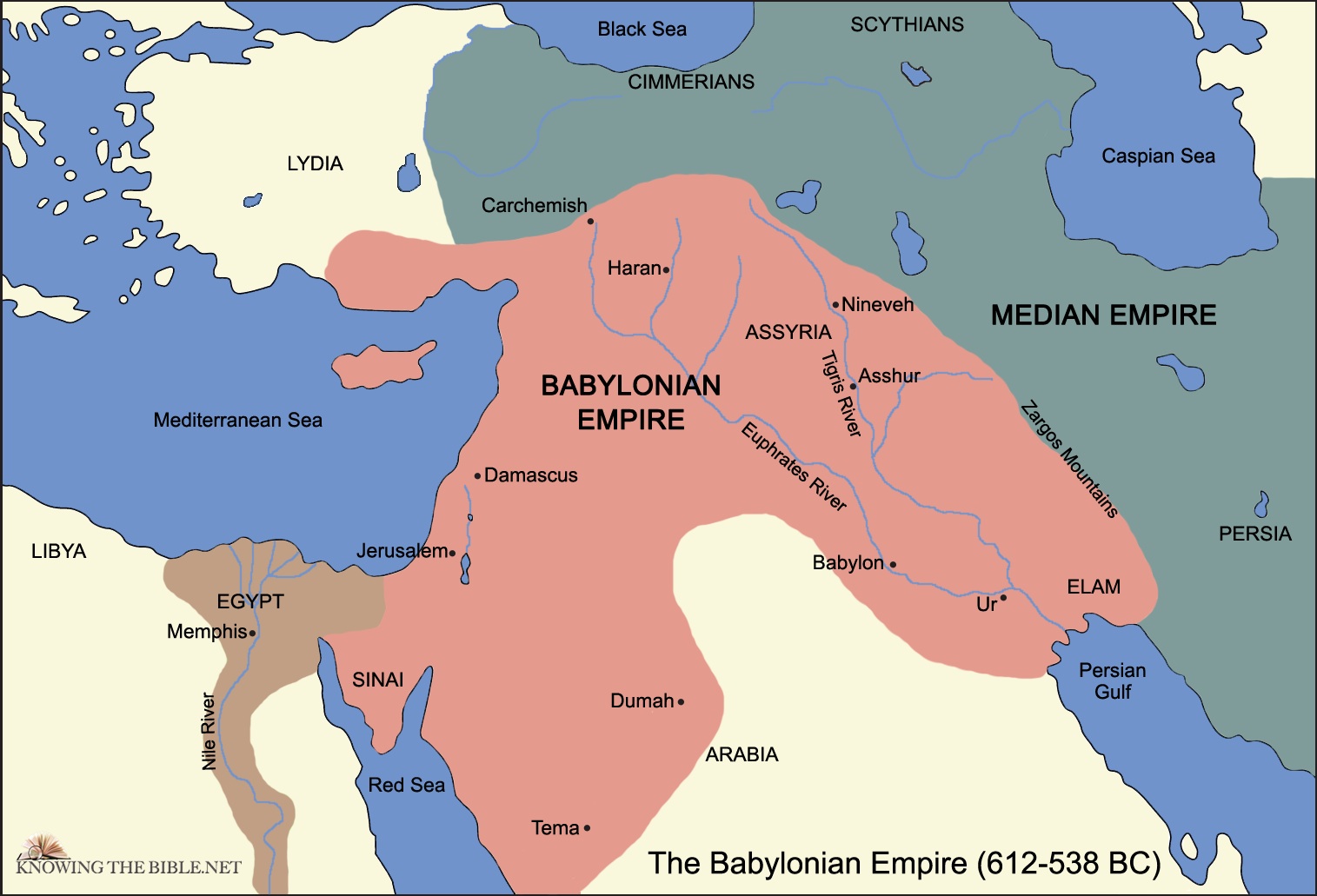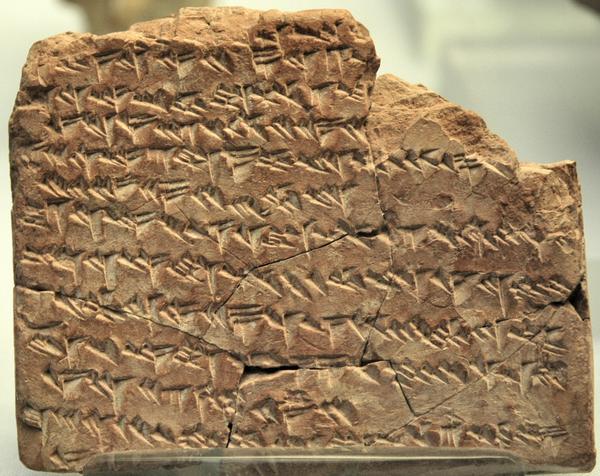 The Big Dipper is one of the most recognizable constellations in the Northern Hemisphere. For millennia people have used it as a means of Navigation; a way to orient themselves in an ever changing world. This series of caches pay homage to the seven stars that make up the Big Dipper.
The Big Dipper is one of the most recognizable constellations in the Northern Hemisphere. For millennia people have used it as a means of Navigation; a way to orient themselves in an ever changing world. This series of caches pay homage to the seven stars that make up the Big Dipper.
Featured on the Alaska State Flag, the Big Dipper has a special tie-in with the Northern-most state in the Union. The final two stars in the constellation, Merak and Dubhe, serve to orient the navigator to Polaris and point a direct line to that northerly star.
This series of caches will offer a variety of puzzles to give some variety to local and visiting cachers alike. The caches are spread out over multiple trail systems and urban environments.
Solve these celestial puzzles to collect each cache in the series. May the stars guide you on your journey!
The history of astronomy in Mesopotamia, and the world, begins with the Sumerians who developed the earliest writing system around 3500–3200 BC. This writing system, known as cuneiform, serves as one of the first documented instances of man observing the stars. The Sumerians developed a form of astronomy that had an important influence on the sophisticated astronomy of the Babylonians. Astrolatry, which gave planetary gods an important role in Mesopotamian mythology and religion, began with the Sumerians. They also used a sexagesimal (base 60) place-value number system, which simplified the task of recording very great and very small numbers. The modern practices of dividing a circle into 360 degrees, of 60 minutes each, began with the Sumerians. Babylonian astronomy focused on a select group of stars and constellations known as ziqpu stars.
 During the 8th and 7th centuries B.C., Babylonian astronomers developed a new empirical approach to astronomy. They began studying philosophy dealing with the ideal nature of the universe and began employing an internal logic within their predictive planetary systems. This was an important contribution to astronomy and the philosophy of science, and some scholars have thus referred to this new approach as the first scientific revolution. This new approach to astronomy was adopted and further developed in Greek and Hellenistic astronomy. Classical Greek and Latin sources frequently use the term Chaldeans for the astronomers of Mesopotamia, who were, in reality, priest-scribes specializing in astrology and other forms of divination.
During the 8th and 7th centuries B.C., Babylonian astronomers developed a new empirical approach to astronomy. They began studying philosophy dealing with the ideal nature of the universe and began employing an internal logic within their predictive planetary systems. This was an important contribution to astronomy and the philosophy of science, and some scholars have thus referred to this new approach as the first scientific revolution. This new approach to astronomy was adopted and further developed in Greek and Hellenistic astronomy. Classical Greek and Latin sources frequently use the term Chaldeans for the astronomers of Mesopotamia, who were, in reality, priest-scribes specializing in astrology and other forms of divination.

Only fragments of Babylonian astronomy have survived, consisting largely of contemporary clay tablets containing astronomical diaries, ephemerides and procedure texts, hence current knowledge of Babylonian planetary theory is in a fragmentary state. Nevertheless, the surviving fragments show that Babylonian astronomy was the first "successful attempt at giving a refined mathematical description of astronomical phenomena" and that "all subsequent varieties of scientific astronomy, in the Hellenistic world, in India, in Islam, and in the West … depend upon Babylonian astronomy in decisive and fundamental ways."
A recent discovery on the Sinai Peninsula offered tantalizing new evidence that the Babylonian's knowledge of the universe was even more detailed than was initially thought. Segements of the ruins have been translated but a vast majority remain a mystery to modern historians. The cuneiform, an example of which below, is in base 60 and serves as a written means of communication documenting the movement of the stars.
Old Babylonian astronomy was practiced during and after the First Babylonian Dynasty (ca. 1830 BC) and before the Neo-Babylonian Empire (ca. 626 BC).
 The Babylonians were the first to recognize that astronomical phenomena are periodic and apply mathematics to their predictions. Tablets dating back to the Old Babylonian period document the application of mathematics to the variation in the length of daylight over a solar year. Centuries of Babylonian observations of celestial phenomena were recorded in the series of cuneiform tablets known as the Enûma Anu Enlil—the oldest significant astronomical text that we possess is Tablet 63 of the Enûma Anu Enlil, the Venus tablet of Ammisaduqa, which lists the first and last visible risings of Venus over a period of about 21 years. It is the earliest evidence that planetary phenomena were recognized as periodic.
The Babylonians were the first to recognize that astronomical phenomena are periodic and apply mathematics to their predictions. Tablets dating back to the Old Babylonian period document the application of mathematics to the variation in the length of daylight over a solar year. Centuries of Babylonian observations of celestial phenomena were recorded in the series of cuneiform tablets known as the Enûma Anu Enlil—the oldest significant astronomical text that we possess is Tablet 63 of the Enûma Anu Enlil, the Venus tablet of Ammisaduqa, which lists the first and last visible risings of Venus over a period of about 21 years. It is the earliest evidence that planetary phenomena were recognized as periodic.
An object labelled the ivory prism was recovered from the ruins of Nineveh. First presumed to be describing rules to a game, its use was later deciphered to be a unit converter for calculating the movement of celestial bodies and constellations.
Babylonian astronomers developed zodiacal signs. they are made up of the division of the sky into three sets of thirty degrees and the constellations that inhabit each sector.
The only surviving planetary model from among the Chaldean astronomers is that of the Hellenistic Seleucus of Seleucia (b. 190 BC), who supported the Greek Aristarchus of Samos' heliocentric

model. Seleucus is known from the writings of Plutarch, Aetius, Strabo, and Muhammad ibn Zakariya al-Razi. The Greek geographer Strabo lists Seleucus as one of the four most influential astronomers, who came from Hellenistic Seleuceia on the Tigris, alongside Kidenas (Kidinnu), Naburianos (Naburimannu), and Sudines. Their works were originally written in the Akkadian language and later translated into Greek. Seleucus, however, was unique among them in that he was the only one known to have supported the heliocentric theory of planetary motion proposed by Aristarchus, where the Earth rotated around its own axis which in turn revolved around the Sun. According to Plutarch, Seleucus even proved the heliocentric system through reasoning, though it is not known what arguments he used.
According to Lucio Russo, his arguments were probably related to the phenomenon of tides. Seleucus correctly theorized that tides were caused by the Moon, although he believed that the interaction was mediated by the Earth's atmosphere. He noted that the tides varied in time and strength in different parts of the world. According to Strabo, Seleucus was the first to state that the tides are due to the attraction of the Moon, and that the height of the tides depends on the Moon's position relative to the Sun.
 According to Bartel Leendert van der Waerden, Seleucus may have proved the heliocentric theory by determining the constants of a geometric model for the heliocentric theory and by developing methods to compute planetary positions using this model. He may have used trigonometric methods that were available in his time, as he was a contemporary of Hipparchus.
According to Bartel Leendert van der Waerden, Seleucus may have proved the heliocentric theory by determining the constants of a geometric model for the heliocentric theory and by developing methods to compute planetary positions using this model. He may have used trigonometric methods that were available in his time, as he was a contemporary of Hipparchus.
None of his original writings or Greek translations have survived, though a fragment of his work has survived only in Arabic translation, which was later referred to by the Persian philosopher Muhammad ibn Zakariya al-Razi (865-925).